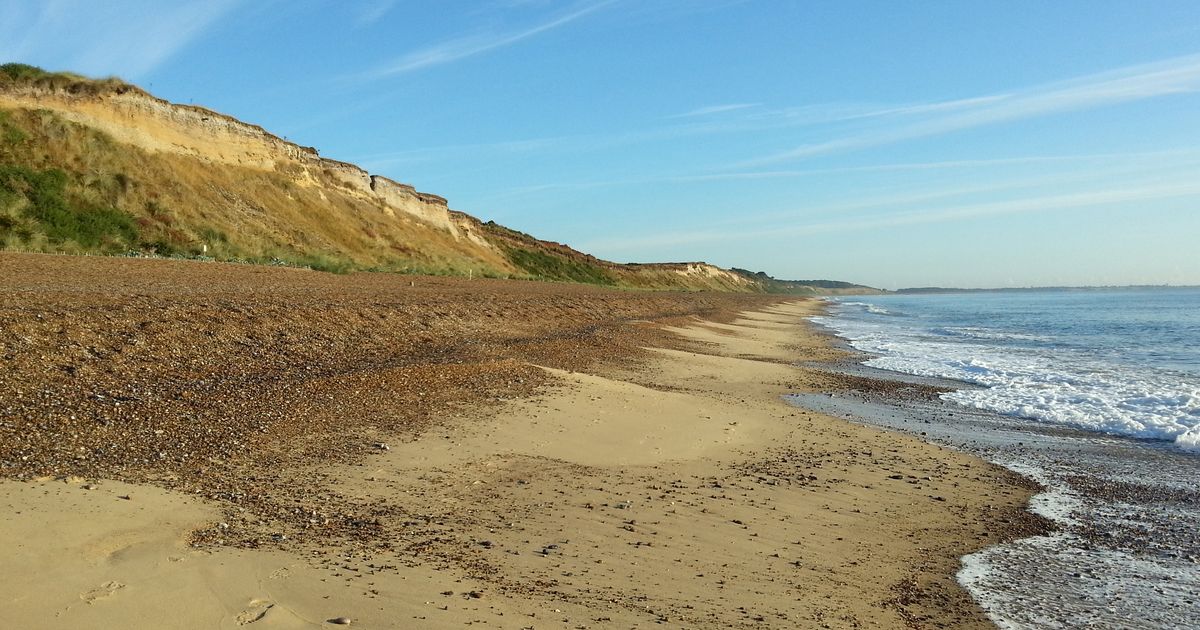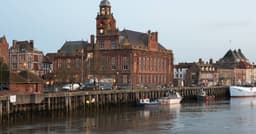Home / Lifestyle / Dunwich: The Vanished Medieval Port Town Reclaimed by the Sea
Dunwich: The Vanished Medieval Port Town Reclaimed by the Sea
29 Oct
Summary
- Dunwich was a thriving medieval port town in East Anglia
- Coastal erosion and storms in the 13th century submerged large parts of the town
- Dunwich Museum maps the lost homes and buildings of the former town

In 2025, the small village of Dunwich on the Suffolk coast is a popular destination for history enthusiasts and nature lovers alike. Once a thriving medieval port town, Dunwich was the heart of the Kingdom of the East Angles and a rival to London in the 11th century, with a population of over 3,000 people.
However, Dunwich's fortunes changed dramatically in the late 13th century. A series of devastating storms and coastal erosion in 1286 and 1287 led to large parts of the town being submerged underwater. Over the next few decades, the town continued to be ravaged by natural disasters, with an estimated 400 homes swept into the sea in 1347 and most of the remaining town destroyed in 1362.
Today, Dunwich is often referred to as the "lost city of England," drawing comparisons to the legendary island of Atlantis. The Dunwich Museum offers visitors a glimpse into the town's past, with maps and displays showcasing the locations of the former homes and buildings that now lie beneath the waves. The few remaining medieval ruins, such as the Greyfriars monastery, provide a tangible connection to the town's rich history.



